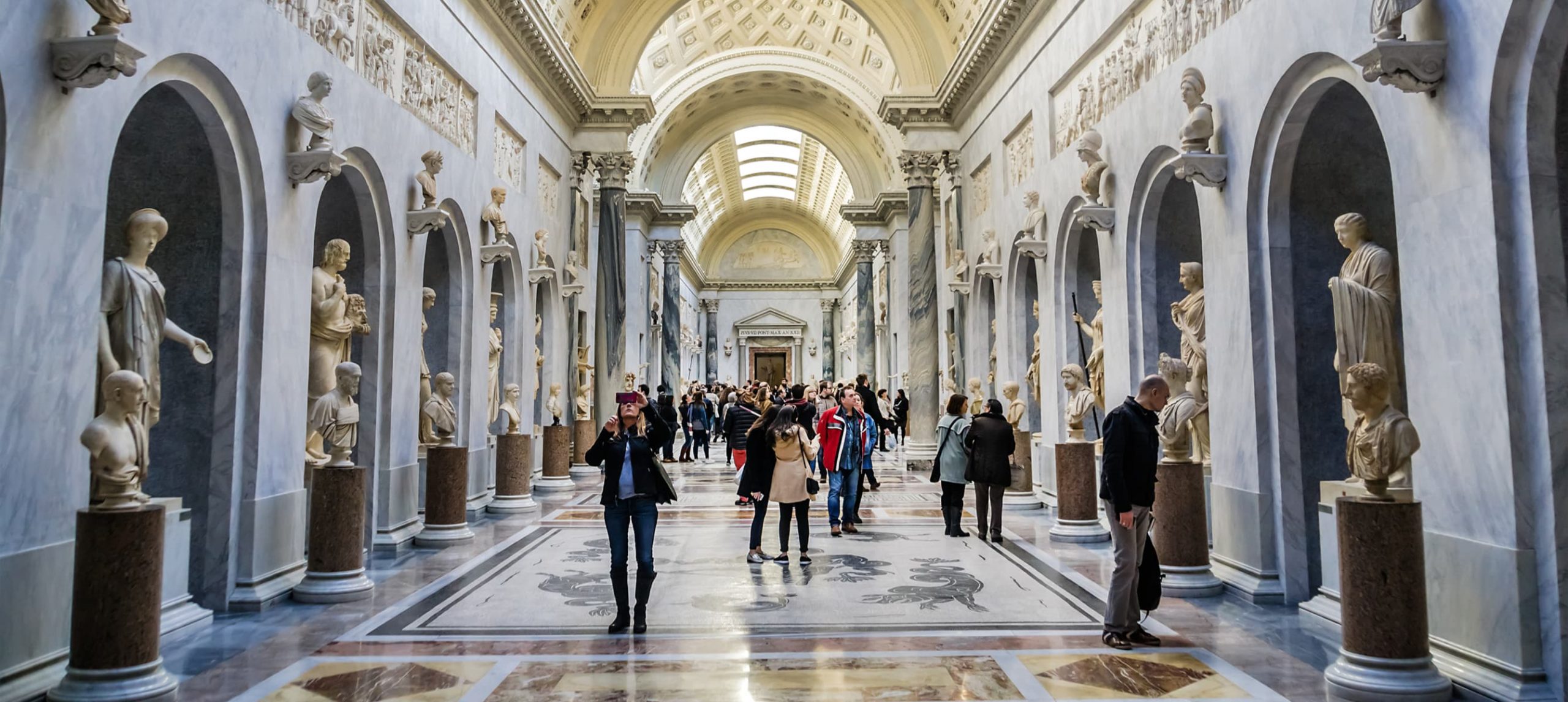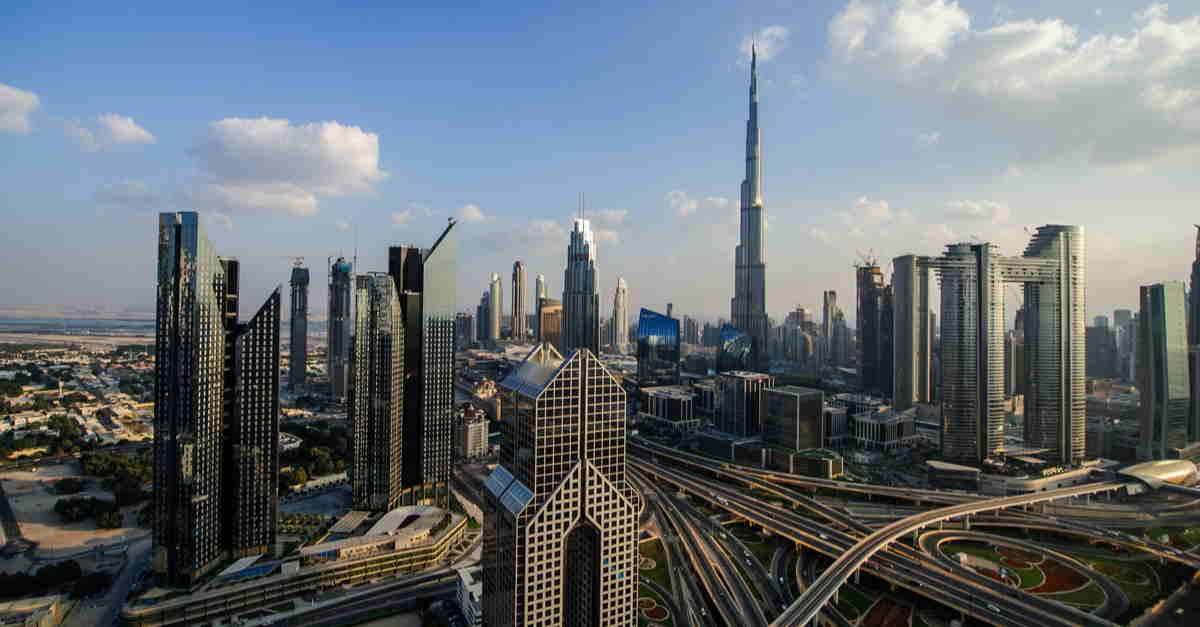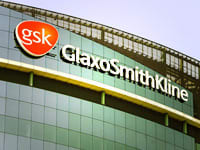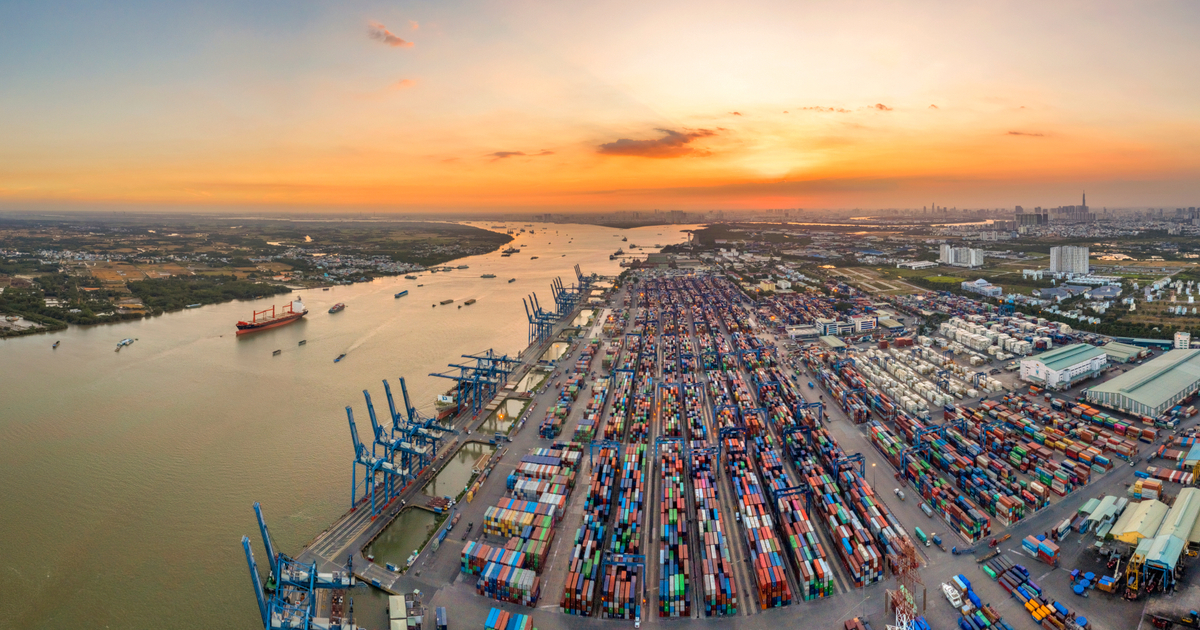The 9 Best Museums in Rome, Italy
The entire city of Rome can be considered an open-air museum thanks to its glorious array of century-old monuments and archaeological sites that document the city’s fascinating past and cultural heritage. But the Italian capital also boasts a well-rounded...

The entire city of Rome can be considered an open-air museum thanks to its glorious array of century-old monuments and archaeological sites that document the city’s fascinating past and cultural heritage. But the Italian capital also boasts a well-rounded itinerary of museums and galleries that are packed with dazzling treasures ranging from precious masterpieces by artists like Michelangelo and Rafael to ancient relics from the Etruscans.
So, if you’re seeking to get your culture-fix way beyond monuments like the Colosseum and the Trevi Fountain, check out this amazingly curated list of the 9 best museums and art galleries that are worth visiting in Rome.
From marveling at gorgeous paintings at the Sistine Chapel to uncovering Rome’s largest collection of artifacts, these will leave you in absolute awe!
Find Places To Stay In Rome, Italy
The Best Museums in Rome
The National Museum of Rome

Want to start your trip by diving deep into the glorious history of Rome? Then the Museo Nazionale Romano (National Roman Museum) is the place to be. This amazingly curated museum has four branches in separate buildings throughout the city — Palazzo Altemps, Baths of Diocletian, Crypta Balbi, and Palazzo Massimo.
A former aristocratic mansion located in Campo Marzio, just a few steps from Piazza Navona, Palazzo Altemps is dedicated to the history of art collecting, and since the 16th-century the building has been harboring a rich collection of classical sculptures, some of the most beautiful in Europe.
Built between 298 and 306 AD, the Baths of Diocletian are impeccably preserved public baths commissioned by the emperor Maximian, who dedicated them to his co-emperor, Diocletian. The Baths were abandoned for approximately 1,000 years until 1561 when Pope Pius IV demanded the construction of a church and a charterhouse on the site, entrusting the project to the one and only Michelangelo.
Once a theatre erected between 19 and 13 BC under Lucius Cornelius Balbus, Crypta Balbi now houses a museum featuring objects from the Antiquity and the Middle Ages, as well as displays of relics found during the excavation of the site.
Last but not least, there’s Palazzo Massimo Alle Terme, whose architectural plan was inspired by the whimsical palaces of the 16th-century. Built between 1883 and 1887 by the Jesuit priest Massimiliano Massimo, the museum has four floors and endless wonders to discover, including sculptures, reliefs, frescos, mosaics, and excavations undertaken in Rome and the surrounding region from 1870 onwards.
Villa Farnesina

One of the most stunning buildings that remain from the Renaissance period in Rome, Villa Farnesina is a truly special sight. The mansion, erected between 1505 and 1511 in the district of Trastevere, is a beguiling place mostly due to its luxurious decoration featuring frescos by artists like Raphael, Sebastiano del Piombo, and Peruzzi. In fact, one of the villa’s highlights is the first floor’s Sala di Galatea, which harbors a horoscope vault by Baldassarre Peruzzi, showing the positions of the stars on the day of the birth of Chigi, the villa’s first owner.
Address: Via della Lungara, 230
Palazzo Doria Pamphilj

Palazzo Doria Pamphilj houses one of the most alluring private art collections in Rome. Set within a gorgeous palazzo nestled between Via del Corso and Via della Gatta, the museum is home to a selection of paintings, furniture, and statuary that has been assembled since the 16th century by the Doria, Pamphilj, Landi, and Aldobrandini families.
In the heart of the palazzo, you’ll find the Doria Pamphilj Gallery, an exhibition space with four wings overlooking internal courtyards, as well as two large adjoining halls — the Aldobrandini Room and the Room of the “Primitives. The gallery is where most of the masterpieces of the Doria Pamphilj family’s private art collection are held, so expect to come across treasures like paintings by Gaspard Poussin, canvases by the Florentine Renaissance painter Giuliano Bugiardini, two busts of the Pope carved in marble by Gian Lorenzo Bernini, and gold-framed Venetian mirrors.
Galleria Borghese

Set amidst the lush grounds of Villa Borghese park, the Borghese Gallery plays host to a dazzling collection of paintings, sculptures, and antiquities, begun by Cardinal Scipione Borghese, the nephew of Pope Paul V (reign 1605–1621).
Within the elegant palace where the gallery is set, expect to come across a plethora of paintings by renowned Italian artists such as Bernini, Caravaggio, Canova, and Raphael. Highlights include iconic works such as “Young Sick Bacchus” “David with the Head of Goliath” by Caravaggio, and “La Fornarina”, by Raphael.
The museum also houses marvelous sculptures by Gian Lorenzo Bernini and Canova.
Address: Piazzale Napoleone I
Galleria Nazionale d’Arte Antica

The National Galleries of Ancient Art (Galleria Nazionale d’Arte Antica), are a single museum institution divided between the Palazzo Corsini and Palazzo Barberini. Set within a late-baroque palace built for the Corsini family between 1730 and 1740, the Corsini Gallery displays the only collection of paintings in Rome dating from the 1700s that remains intact to this day. There, you’ll stumble upon masterpieces by Caravaggio, Reni, Guercino, Rubens, and van Wittel, as well as works by Italian artists from the 1500s and paintings by his contemporaries.
The Palazzo Barberini became the second venue of the National Gallery of Antique Art in 1953 and features works from the principal Italian schools of painting from the 1200s to the 1700s. Well-represented are the 1500s and 1600s centuries, with works by Raphael, Piero di Cosimo, Bronzino, Hans Holbein, Lorenzo Lotto, Tintoretto, as well as Caravaggio and his followers.
Address: Palazzo Barberini, via delle Quattro Fontane, 13, and Palazzo Corsini, Via della Lungara, 10
The Capitoline Museums

Known as “Musei Capitolini”, the Capitoline Museums are a number of museums located in Piazza del Campidoglio in Rome, on top of the Capitoline Hill. This renowned cultural institution dates back to 1471 when Pope Sixtus IV donated a collection of bronze statues to the People of Rome, and it displays a plethora of great treasures including masterpieces by Caravaggio, Titian, Rubens, and Van Dyck, and works found during excavations around Rome.
A must-visit is Palazzo dei Conservatori, home to the iconic statue of the she-wolf suckling the twins Romulus and Remus, which is the symbol of Rome.
Address: Piazza del Campidoglio, 1
Castel Sant’Angelo

Nestled on the right bank of the Tiber River, at the end of Ponte Sant’Angelo, for almost 2000 years, Castel Sant’Angelo was originally built as a mausoleum commissioned by Roman Emperor Hadrian for himself and his family.
With the passing of the years, the structure was used as a fortress to protect Rome during the Middle Ages, the pope’s residence, and prison until it finally became a museum — the Museo Nazionale di Castel Sant’Angelo.
The museum harbors a myriad of fascinating relics such as medieval weapons, furniture, ceramics, paintings, and other Renaissance objects.
After browsing through the museum, be sure to visit the roof terrace, which has not only a drop-dead beautiful bronze statue of archangel Michael but also offers the most show-stopping views of Rome!
Address: Lungotevere Castello, 50
National Etruscan Museum of Villa Giulia

This lesser-known museum is the ultimate destination for those seeking to explore Rome’s hidden gems. Located in the idyllic Villa Giulia, built for Pope Julius III, the Museo Nazionale Etrusco di Villa Giulia houses a stellar collection of pre-Roman antiquities of Latium, southern Etruria, and Umbria belonging to the Etruscan and Faliscan civilizations.
Relics you’ll find at this intriguing museum include the Sarcophagus of the Spouses, a massive terracotta sculpture created in 519 BC and considered one of the great masterpieces of Etruscan art, and the Head of Leucotea (470-460 BCE) is a female head statue that was once part of Temple A, in the ancient port of Caere (present-day Cerveteri, Italy)
Vatican Museums

A visit to the Vatican is not complete without a few hours spent in the Vatican Museums, founded by Pope Julius II in the early 16th-century. This dazzling collection of public museums includes the Sistine Chapel, famous for its show-stopping ceiling featuring gorgeous frescoes by Michelangelo, and wall paintings by Sandro Botticelli, Domenico Ghirlandaio, and Pietro Perugino.
While discovering the museums, you’ll come across 20,000 works of art, including the most renowned Roman sculptures and the most important masterpieces of Renaissance art in the world. The must-sees? The Laocoön and His Sons statue, by Greek sculptures Apollo Belvedere Agesander, Athenodorus and Polydorus, Raphael’s “The School of Athens” painting, and “The Entombment of Christ”, by Caravaggio.
Address: Vatican City
CuddlyNest provides all accommodations to all travelers at the best price. Find unlimited travel inspiration on our blog and social media channels.
You Might Also Like:
Top Italian Dishes You Can Make at Home
The Ultimate Europe Travel Guide
Best Farmers’ Markets in Rome, Italy
What to Pack for a Sustainable Trip To Europe
40 Top & Most Beautiful Castles in Europe

 Astrong
Astrong 
































